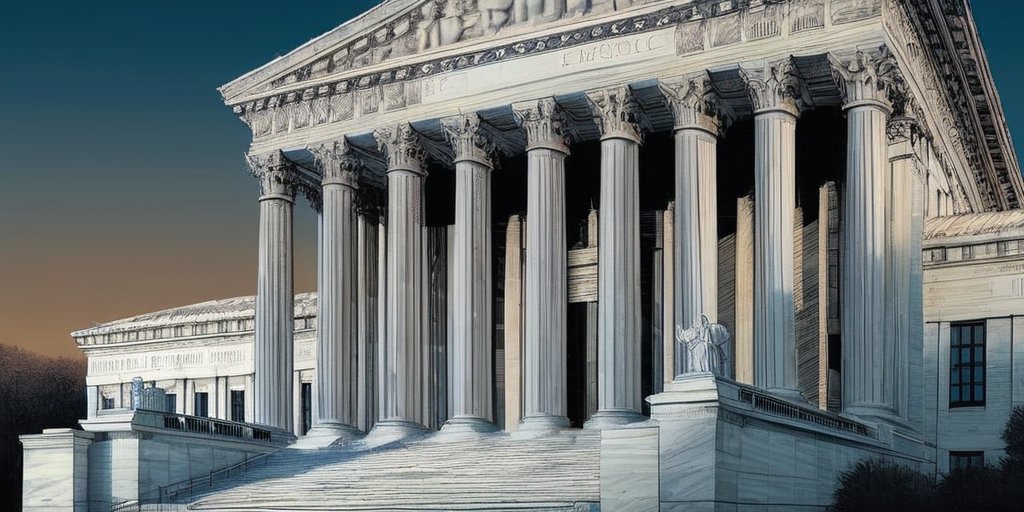In a significant turn of events for President Donald Trump during his second term, Chief Justice John Roberts and Justice Amy Coney Barrett have made bold moves that favor Trump’s expansive executive authority. Their collaboration has culminated in a critical decision regarding birthright citizenship, dissolving one of the last checks on presidential power.
On Friday, the Supreme Court sided with Trump’s administration, allowing for sweeping changes that could redefine citizenship protocols in the United States. This ruling has not only raised concerns about the potential for increased executive overreach but also signals a key alignment of the court’s conservative majority with Trump’s agenda.
As the court took on a series of high-profile cases, including policies on LGBTQ+ rights and migrant deportations, the 6-3 conservative majority increasingly supported Trump’s positions. The justices voted to uphold state bans on gender care for trans youths, further illustrating the court’s shift toward Trump’s conservative agenda.
During the press conference following the ruling, Trump expressed gratitude to the justices, especially Barrett, who authored the opinion in the case widely referred to as Trump v. CASA. He praised her, indicating that she has always had his respect, reminiscent of his earlier criticisms of her judicial decisions. This public acknowledgment underscored a significant bond between Trump and Barrett, amidst preceding doubts about her alignment with his policies.
The ruling was particularly notable because it minimized the judiciary’s ability to restrain the executive branch from unilateral actions. Barrett argued against the imposition of nationwide injunctions by lower courts, asserting that such a practice exceeded judicial authority. This viewpoint reflects a broader judicial philosophy among the court’s conservative members, namely, a reluctance to challenge executive actions against the backdrop of constitutional mandates.
The landscape prior to this ruling saw numerous lower courts impede Trump’s executive orders, with some speculating on his commitment to adhering to judicial directions. However, the Supreme Court’s latest decisions may empower Trump’s administration, effectively amplifying the potential for unilateral executive action—a characteristic stance of his presidency.
Critics warn that this path could lead to unrestrained presidential power reminiscent of authoritarian regimes, with concerns echoing sentiments voiced in dissent by Justice Sonia Sotomayor, who highlighted the risk of undermining civil rights protections baked into American law since the ratification of the 14th Amendment.
As we venture deeper into Trump’s second term, the power dynamics within the Supreme Court seem poised to dramatically affect policy across multiple sectors, including immigration and civil rights. The implications of this decision will reverberate through the legal landscape, bringing to light questions about the limits of presidential power in a democratic society.
